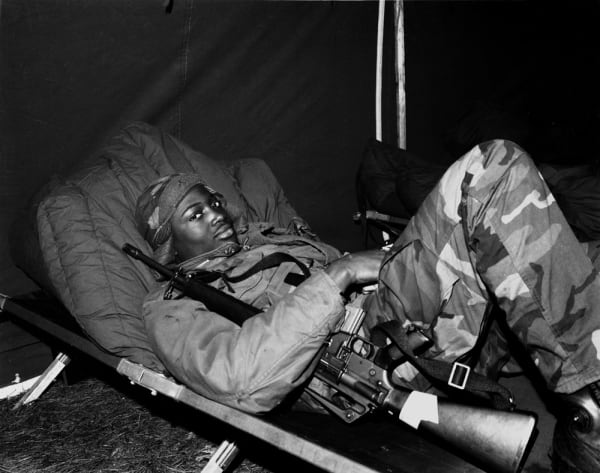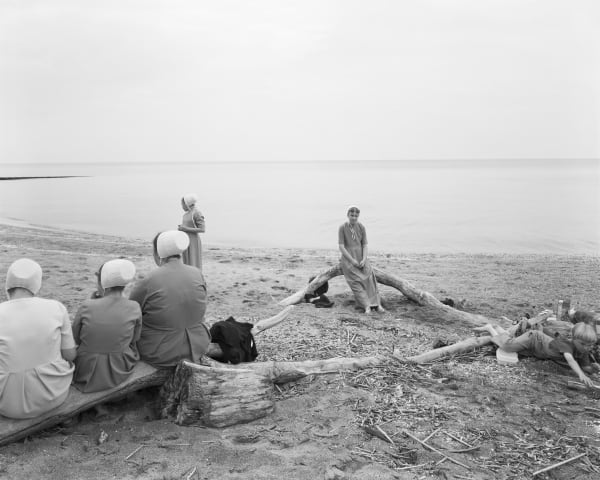Ohio Boundary, Lake Erie
Lynn Whitney
14 Apr - 22 May 2022
Lynn Whitney, Associate Professor, emerita, School of Art and George Bullerjahn, Ph.D, Distinguished Research Professor Emeritus of Biological Sciences started working together in the fall of 2021. While both had retired this year from Bowling Green State University, their separate efforts continue to raise awareness about the critical state in which Lake Erie again finds herself.
A few years ago, Dr. Bullerjahn invited Professor Whitney, along with several other colleagues and students, to participate in his research supported by the Center for Fresh Waters and Human Health. She knew there was trouble beneath the surface but had only a general knowledge; she did not know the underlying changes in the condition of the lake. Her pictures which she has been making since 2009, wanted and needed the framework of Dr. Bullerjahn’s scientific expertise.
The North American Great Lakes represent over 20% of the surface fresh water on Earth. Lake Erie, being the shallowest of the lakes, and having the highest population in its basin, is under continuous assault by the forces of human activity, invasive species and climate change. The waters, seemingly endless, are an abundant, yet fragile resource. Fisheries, water quality, and coastlines are now drastically different following the displacement of indigenous peoples by European settlers. By the 1970s, Lake Erie was unceremoniously declared dead, due to urban pollution that choked the lake with toxic algae and fuel spills that set the Cuyahoga River on fire. These events led to the establishment of the first Earth Day in 1970. Consequently, changes in wastewater treatment and the use of phosphate detergents yielded dramatic improvements in water quality and lake habitat. Yet in this century, the state of the lake has again declined. Lake Erie has an additional burden because its home is the Rust Belt- a political and media generated term degrading and generalizing the decline of the region and its population.
With her 8 x 10 camera, Lynn Whitney’s photographs reveal Lake Erie from varying distances and throughout the seasons. The pictures are made from or on the shoreline, the surface where reflections on cultural, environmental, and personal realities are exposed. As a collection, these photographs remind us of the past we share; of what we have done and continue to do to the Lake and to each other. Ohio Boundary: Lake Erie asks what the chances are for our collective future and offers hope in the effort of noticing.
With ongoing, unmitigated climate change, fresh water will become the world’s most crucial resource, and its scarcity will present a threat to global security.
Read more







